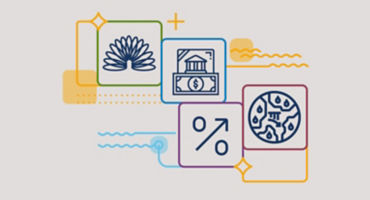Equities
Within our active asset allocation framework, we are moderately underweight global equities, with a more cautious stance on European equities. Our view on European equities stems largely from the persistence of high inflation and the ongoing impact on earnings and multiples of the reversal of accommodative monetary and fiscal policy. While fiscal expansion helped the euro area and most other European economies bounce back rapidly from the pandemic, the region is facing challenges in the short to medium term, having to contend with higher inflation and the disruption stemming from the intensifying energy shortage. Industrial companies would be first in line to potentially face energy rationing if this acute scenario persists. Some growth drivers remain in place, given Europe’s tight labour market and fiscal policy that is more supportive than in most other developed markets. However, serious disruption to energy supplies has the potential to offset any positive impact from these factors.
For European equities, higher and more volatile inflation is increasing pressure on margins and driving up earnings risk. Relative to other developed economies, Europe is more exposed to the global cycle and a more fragile growth backdrop, and companies in the euro area and beyond face significant costs and uncertainty as they navigate this environment. The market’s expectation is that earnings will grow by 7.2% over the next 12 months, with the region still seeing an even balance of analyst earnings upgrades and downgrades (Figure 1). The euro's depreciation should act as a tailwind for the region's exporters, but elevated currency volatility (alongside rising input prices) makes pricing decisions and planning through supply chains more complex. While pent-up demand and household cash buffers have enabled European companies to raise prices, this could become less feasible as inflation increasingly erodes consumers’ purchasing power. Moreover, some governments are trying to pass some of the burden of higher energy and interest costs to the private sector, as demonstrated by the recent windfall taxes on banks and utilities in Spain.












